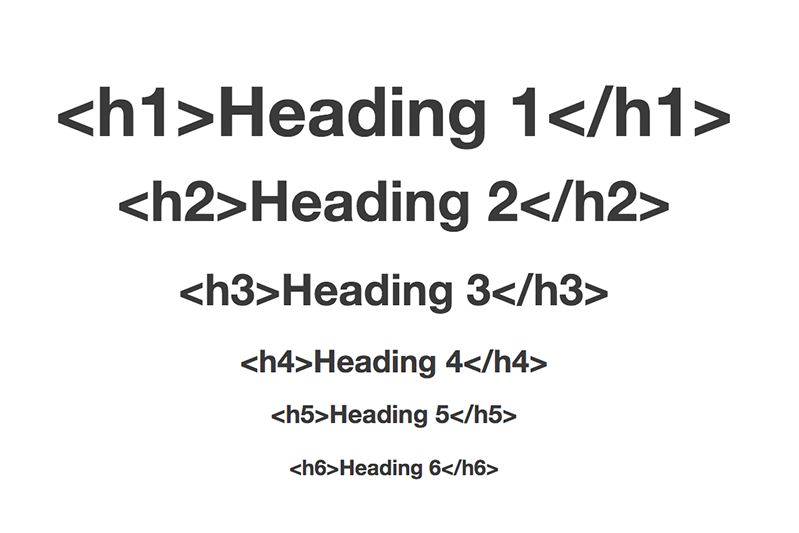
IA Blog
Inclusion & Accessibility

Digital Accessibility in Transport & Tourism
Although physical accessibility in tourist and transport vehicles and areas is slowly improving and general awareness is growing, digital accessibility shouldn’t be overlooked. People with disabilities are not able to find information about accessible transportation or visitor experiences if they can’t use your website.




